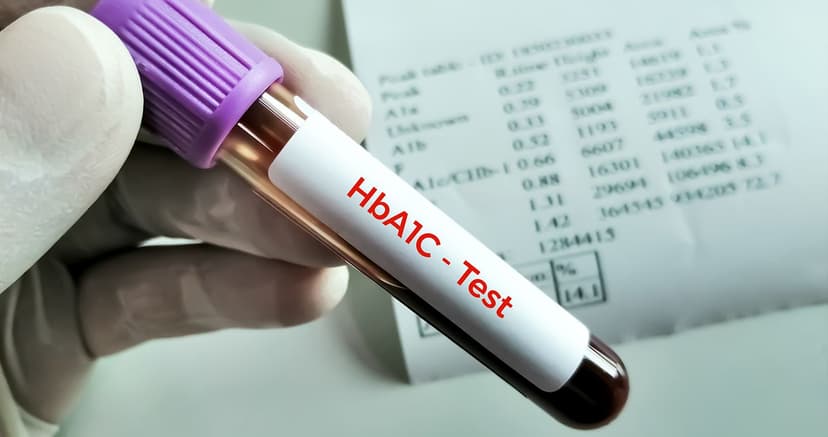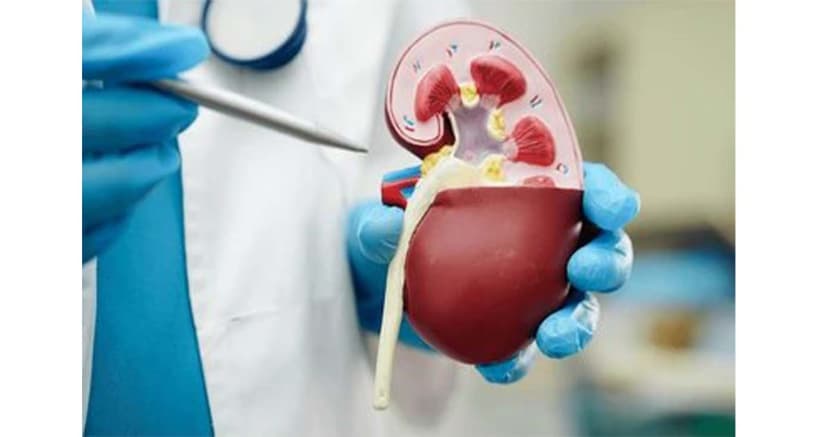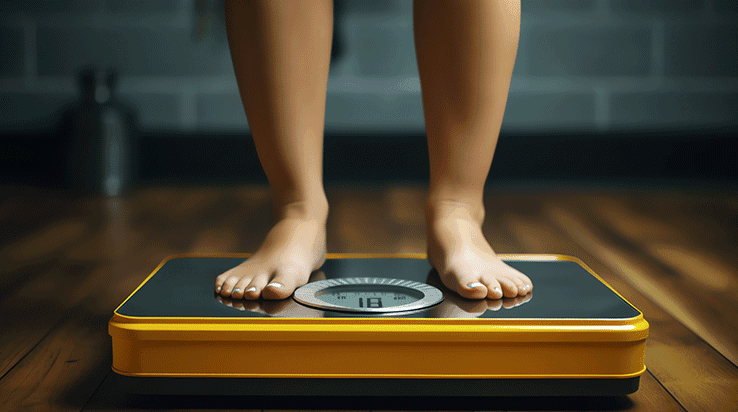PCOS vs. Endometriosis: Understanding the Difference
By:

Apex Hospitals
26-11-2024

Polycystic Ovary Syndrome (PCOS) and Endometriosis are two prevalent yet often misunderstood gynaecological conditions that significantly impact women's health. Globally, millions of women are affected by these chronic disorders, with an estimated 20% of Indian women experiencing PCOS and approximately 42 million women in India living with endometriosis.
Although both conditions affect the female reproductive system, can contribute to infertility, and often require long-term medical care, PCOS and Endometriosis are fundamentally different in their causes and symptoms. Understanding these distinctions is vital for accurate diagnosis, effective treatment, and improved quality of life for women facing these challenges.
What is PCOS?
Polycystic Ovary Syndrome (PCOS) occurs when the ovaries and adrenal glands produce an excess of androgens, commonly known as male hormones. This hormonal imbalance, referred to as hyperandrogenism, disrupts normal ovarian function and leads to a variety of symptoms.
The ovaries play a crucial role in reproductive health by regulating the release of eggs (ovulation) and producing reproductive hormones. In a typical ovulation cycle, a mature egg is released from the ovaries to be fertilized by sperm. If fertilization doesn’t occur, the egg is shed during menstruation. However, in PCOS, the hormonal imbalance interferes with ovulation, preventing eggs from maturing and being released.
As a result, tiny fluid-filled sacs, or cysts, may develop within the ovaries, although not all individuals with PCOS have ovarian cysts. These cysts contain immature eggs that remain trapped, causing the ovaries to enlarge. This imbalance between oestrogen and androgens can also lead to symptoms like irregular periods, excess hair growth, and difficulties with fertility.
What is Endometriosis?
Endometriosis is a chronic condition where tissue similar to the lining of the uterus (endometrium) grows outside the uterus, often on the ovaries, fallopian tubes, and other pelvic organs. This tissue behaves like uterine lining, thickening and shedding during each menstrual cycle, but it has no way to exit the body, leading to:
- Severe Pain: Pelvic pain, often worse during menstruation, is the hallmark symptom.
- Heavy Periods: Prolonged or heavy bleeding is common.
- Infertility: Endometriosis is a leading cause of infertility in women.
Endometriosis can also cause fatigue, digestive issues, and pain during intercourse.
What are the key differences between PCOS and Endometriosis?
- PCOS: Caused by hormonal imbalances, primarily an overproduction of androgens, leading to disrupted ovulation.
- Endometriosis: Occurs when tissue similar to the lining of the uterus (endometrium) grows outside the uterus, often due to immune or hormonal factors.
1. Cause
- Irregular or absent menstrual cycles
- Excessive hair growth (hirsutism)
- Acne and oily skin
- Weight gain and difficulty losing weight
- Polycystic ovaries visible on ultrasound
2. Primary Symptoms
PCOS:
- Severe pelvic pain, especially during menstruation
- Pain during intercourse, bowel movements, or urination
- Heavy or irregular bleeding
- Fatigue and gastrointestinal symptoms like bloating and nausea
Endometriosis:
- PCOS: Affects fertility by preventing ovulation, making it difficult to conceive.
- Endometriosis: This can lead to infertility due to inflammation, scarring, or blockages in the reproductive organs.
3. Fertility Impact
- PCOS: Polycystic ovaries (fluid-filled sacs containing immature eggs) are visible on ultrasound but are not always present.
- Endometriosis: Endometrial-like tissue growths outside the uterus, often leading to adhesions or scarring visible through laparoscopy.
4. Physical Manifestations
- PCOS: Primarily a hormonal disorder involving high levels of androgens.
- Endometriosis: Not directly caused by hormonal imbalance, though oestrogen is believed to fuel the growth of endometrial-like tissue.
5. Hormonal Role
- PCOS: Associated with diabetes, cardiovascular disease, and metabolic syndrome.
- Endometriosis: Linked to chronic pelvic pain, ovarian cysts, and in severe cases, impacts on bowel and bladder function.
6. Long-term Health Risks
Can You Have Both Conditions?
Yes, a woman can have both PCOS and Endometriosis, although they are distinct conditions. Both can complicate diagnosis and treatment, as their symptoms can overlap.
Treatment Options
- Lifestyle changes, such as a healthy diet and regular exercise.
- Medications to regulate periods, such as oral contraceptives.
- Insulin-sensitizing drugs like metformin.
- Fertility treatments if pregnancy is desired.
For PCOS:
- Pain relief with NSAIDs or hormonal treatments.
- Surgical options to remove endometrial tissue.
- Assisted reproductive technologies (ART) for infertility.
For Endometriosis:
Conclusion
While PCOS and Endometriosis can significantly affect a woman’s quality of life, they are manageable with the right approach. Early diagnosis and individualized treatment plans are key to reducing symptoms and minimizing long-term complications. If you suspect you have either condition, consult a healthcare professional to explore your options and take charge of your reproductive health.
Empowering yourself with knowledge is the first step toward better health and well-being.
FAQS
Related Articles
Connect With Us
Health In A Snap, Just One App.
KNOW MORE

























































































































































